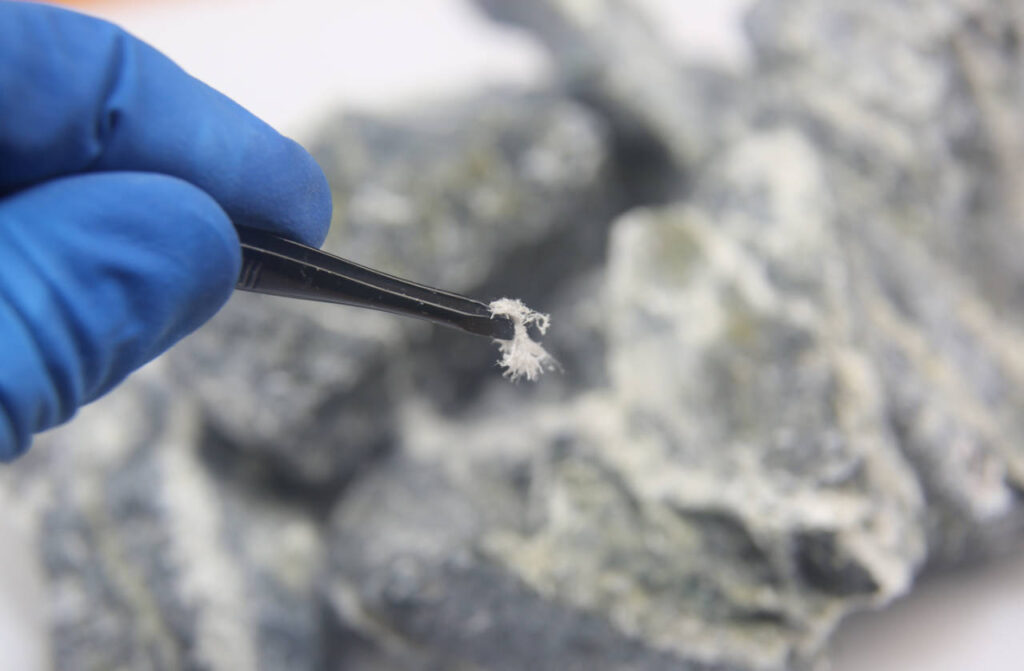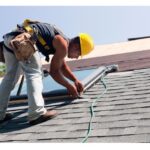The mere mention of asbestos likely conjures images of abandoned industrial warehouses or a discussion about the legal settlements that resulted from the health risks it poses. However, beyond sensational headlines, asbestos is a very real and present danger that demands comprehensive testing protocols to mitigate its impact. With potential health complications ranging from lung cancer to mesothelioma, it’s essential to understand the proper steps for asbestos testing and how to interpret the results.
The complexity of asbestos testing means that this process can mystify individuals and organizations alike — from homeowners considering renovations to real estate developers conducting due diligence. This guide aims to demystify the subject, providing a clear narrative on how you can effectively identify and manage the risks presented by asbestos.
Understanding the Material
Before getting into testing protocols, it’s important to understand what exactly asbestos is and why it’s such a cause for concern. Asbestos is a naturally occurring mineral that is highly resistant to heat, electricity, and chemical corrosion. These attributes made it a popular material in a range of products from insulation to fireproofing.
The problem with asbestos lies in its fiber-forming habit and microscopic needle-like structures. When disturbed, asbestos can release these fibers into the air, and once inhaled, they pose a significant risk to health. Regulatory bodies globally have taken various measures to prevent its use, but asbestos can still be found in older structures or in materials imported from regions with less stringent regulations.
When Is Testing Necessary?
Testing for asbestos is crucial when you are planning any renovation, construction, or demolition activities in a building or area that may contain asbestos. Concerned homeowners or tenants should also consider testing if they suspect that materials in their living spaces could be asbestos-containing.
Signs that should trigger a testing inquiry include building materials that:
Were installed prior to the mid-1980s (the prime era of asbestos use).
Are in poor, crumbling, or deteriorating condition.
Feature qualities typical of asbestos, such as a white or graycolor or a fibrous appearance.
Are likely to be disturbed during the proposed activity, leading to the release of fibers.
The Testing Process
Step 1: Risk Assessment
A professional risk assessment is the first and most critical step. This involves having an asbestos surveyor conduct an assessment of the building, typically beginning with a visual inspection. The surveyor will identify likely materials and the appropriate locations for sampling to represent the highest risk of exposure. Risk assessment accounts for the condition of materials, their accessibility, and the likelihood of disturbance.
Step 2: Sample Collection
Sampling involves taking physical samples of suspected materials and sending them to a laboratory for analysis. The surveyor will don protective equipment and isolate the sampling area to minimize the risk of fiber release during the collection process. Specialized tools and procedures ensure that samples are taken safely and efficiently.
Step 3: Laboratory Analysis
The samples are treated with chemical reagents to dissolve any non-asbestos components, leaving the asbestos fibers visible under a microscope. A lab technician, expert in asbestos detection, will examine the treated sample and report their findings. They will identify the type of asbestos (there are six regulated types) and quantify its presence. Detection limits can vary, but a report will categorize findings as non-detectable, trace, moderate, or heavily contaminated with asbestos fibers.
Step 4: Result Interpretation
Interpreting asbestos testing results is a complex task best left to professionals. It’s critical to understand the limits and confidence intervals of the tests and to translate lab jargon into actionable risk assessments. A thorough report will include the lab’s conclusions and recommendations for any necessary remediation.
Best Practices for Testing
Work with Certified Professionals
Testing should be carried out by certified asbestos surveyors and analysts. A professional with the right qualifications ensures that testing follows proper protocols, from risk assessment through to result interpretation.
Multiple Testing Sites
For larger buildings or those with a variety of materials, multiple sampling sites are necessary to provide an accurate representation of the structure’s asbestos content. A comprehensive test should include sampling from all types of materials and areas where the level of disturbance is likely to be different.
Consistency is Key
Consistent and reliable test results are critical. Work with the same lab if multiple tests are necessary, to avoid inconsistencies due to the laboratory’s detection equipment or the analysts’ interpretations.
Track and Retest
Maintaining records of testing activities and results is essential. Over time, changes to the building, such as repainting or asbestos abatement projects, can affect the integrity of the test. Reviewing and retesting ensures that asbestos risks are kept up-to-date and accurately reflect the building’s state.
The Role of Regulation and Reporting
Asbestos is heavily regulated due to the known health risks. Proper reporting and compliance with regulations are non-negotiable. In most jurisdictions, any building owner must notify tenants, workers, or contractors if asbestos is present. Failure to comply can result in significant fines and legal ramifications.
Regulations also specify the level at which asbestos is considered “friable” — that is, capable of being crumbled or reducing to powder by hand pressure. In general, friable asbestos requires immediate professional attention, regardless of the amount present.
Dealing with Positive Results
If the testing confirms the presence of asbestos, immediate action is necessary to prevent exposure. The course of action will depend on the intended use of the building and the extent of the asbestos contamination.
For Homeowners
Homeowners dealing with positive asbestos results should first and foremost ensure the safety of their family. This may involve temporarily halting renovation plans and consulting with a professional about proper abatement procedures.
For Commercial Properties
Commercial property owners must follow the necessary regulations. This often means commissioning an asbestos management plan that includes steps for personnel exposure monitoring, safe work practices, and ongoing building maintenance.
The Cost of Testing and What It Includes
The cost of asbestos testing varies depending on the scope of the job, the type and number of samples, and the qualifications of the professionals involved. Typically, the cost includes inspection, sample collection, laboratory fees, and report preparation. For small scale testing, such as a single sample of a tile, costs can be as low as a few hundred dollars, while large building surveys can run into the thousands.
It’s important to note that while the initial cost of testing might seem significant, it pales in comparison to the potential health and financial costs associated with exposure to asbestos.
Conclusion
Understanding asbestos testing and its protocols is critical for anyone involved in construction, renovation, or property management. By respecting the complexity and importance of the testing process, individuals and organizations can make informed decisions that protect health and enforce regulatory compliance. While the process requires an investment of time and resources, the dividends in peace of mind and long-term health are immeasurable.
For those navigating the landscape of asbestos in their built environment, remember that proper testing is the gateway to informed action. Engaging with certified professionals, maintaining meticulous records, and understanding the results will empower you to effectively manage the risks of asbestos exposure. In an era where health and safety are paramount, there is no substitute for thorough, diligent asbestos testing practices.







